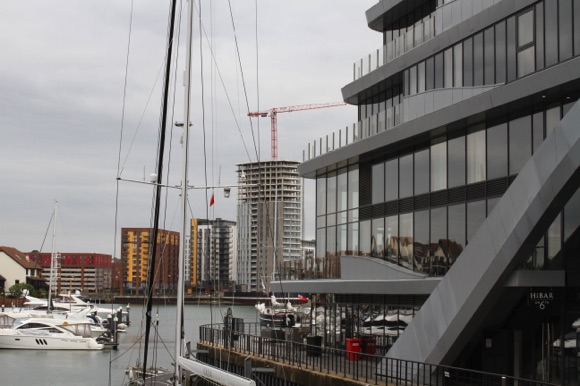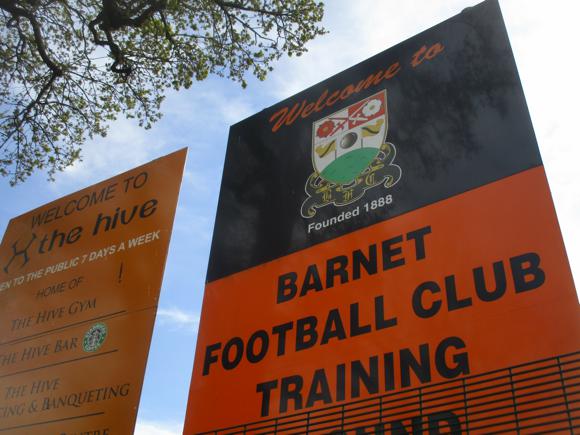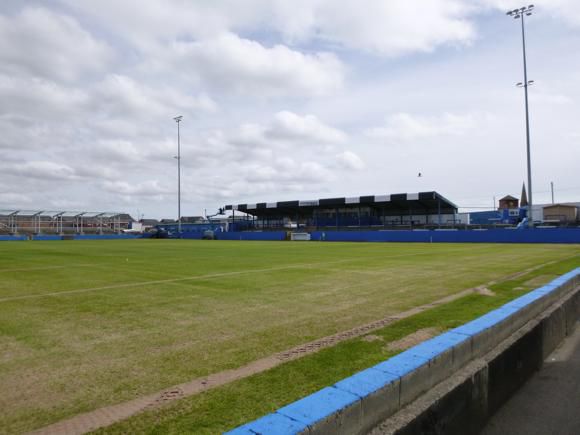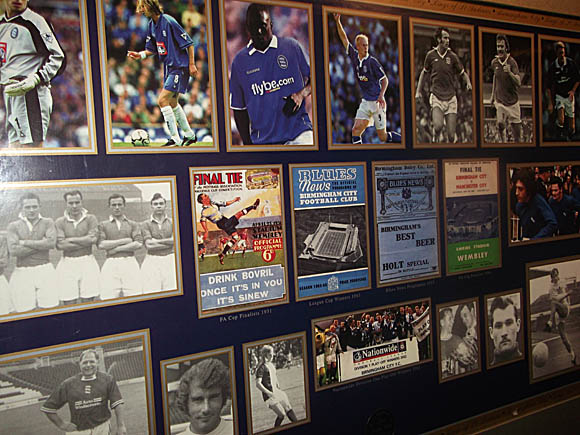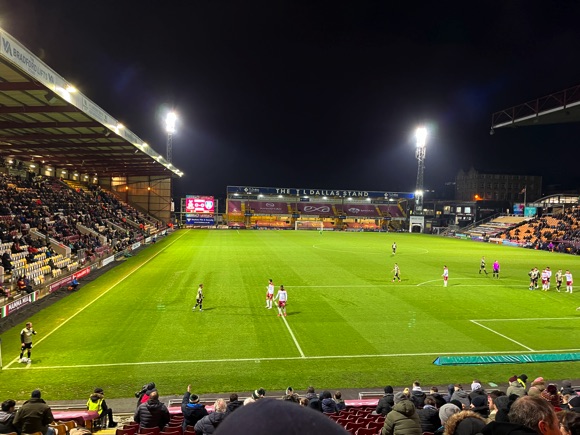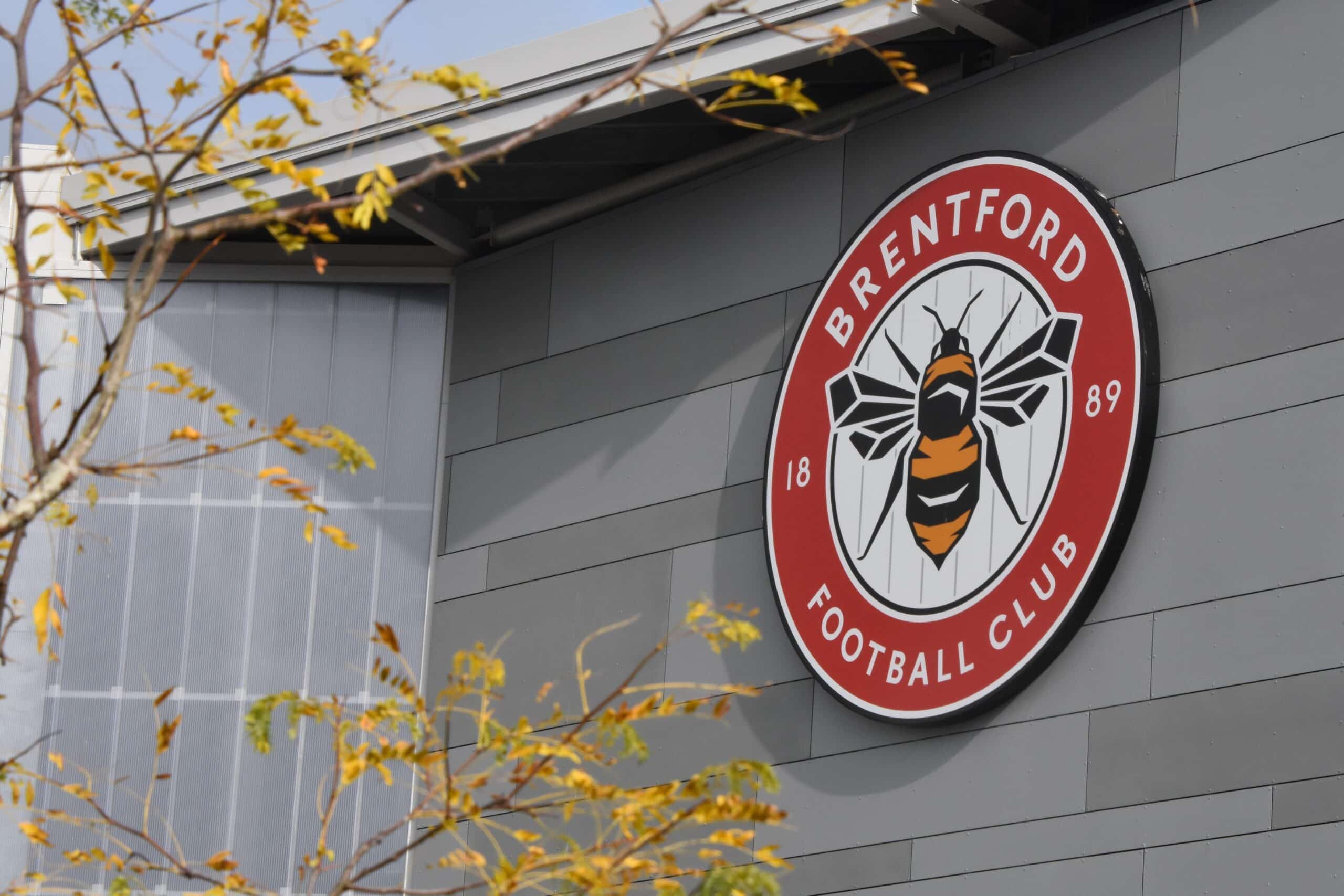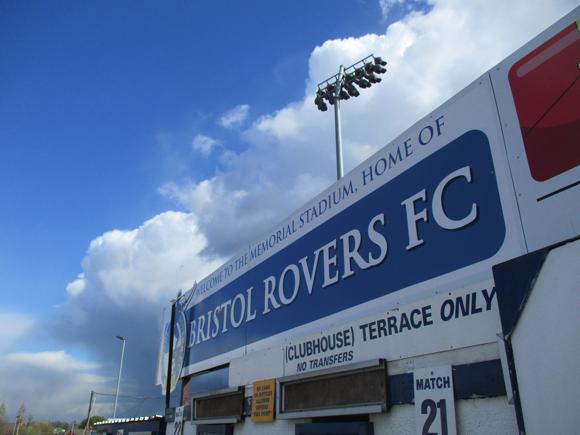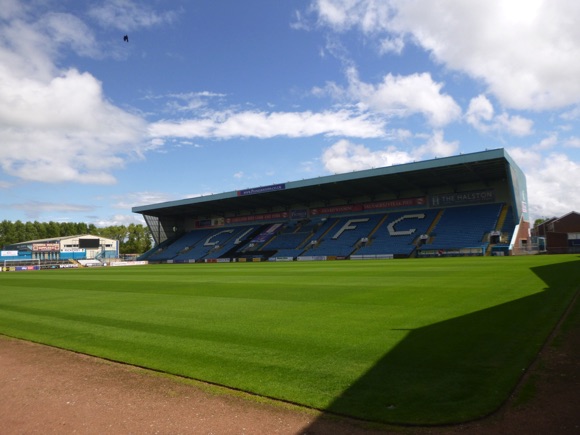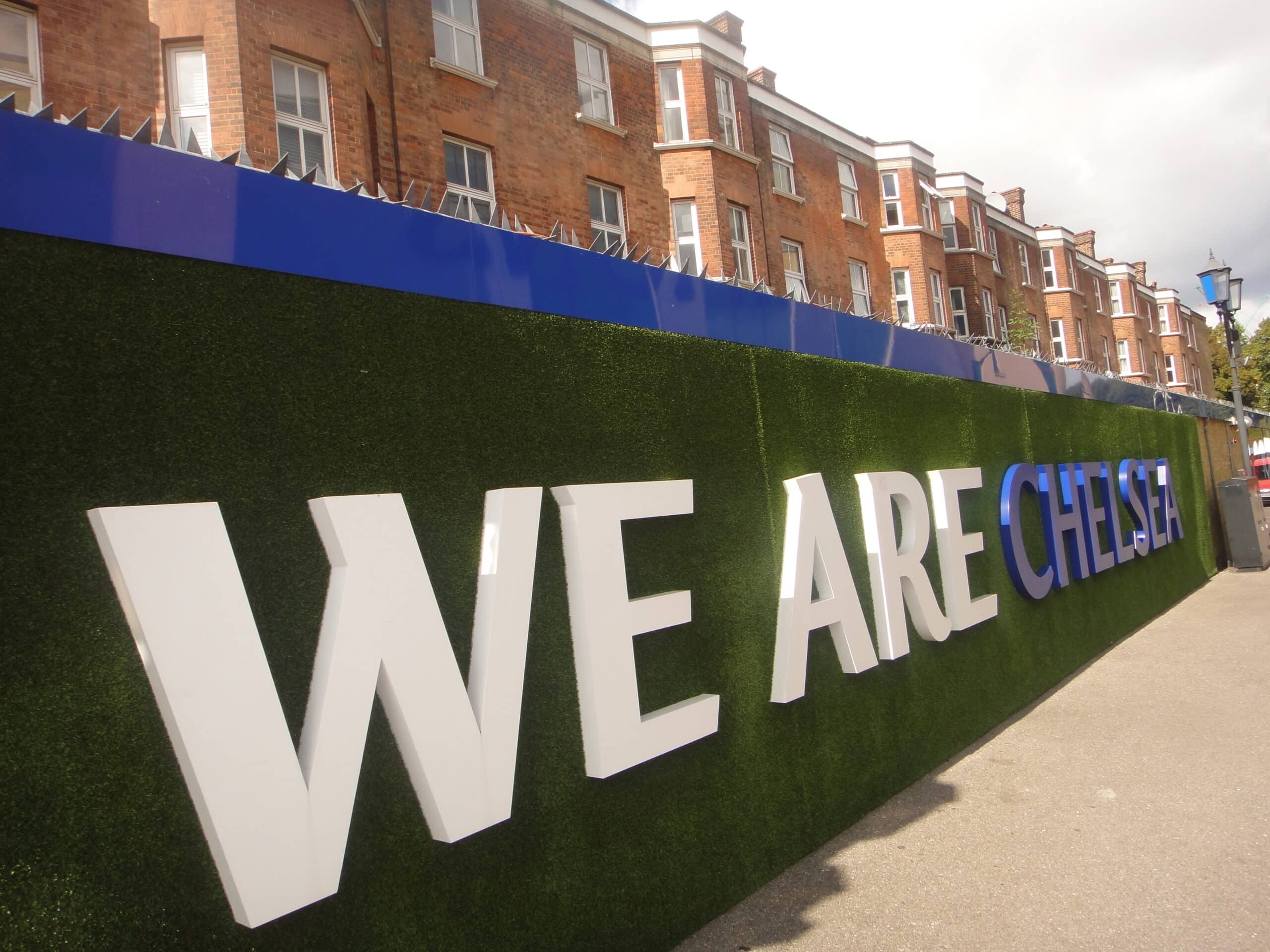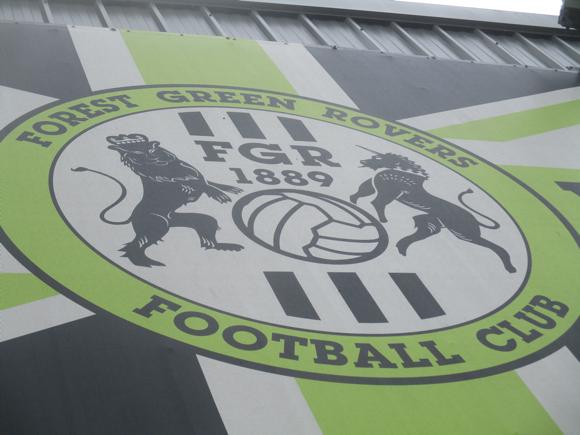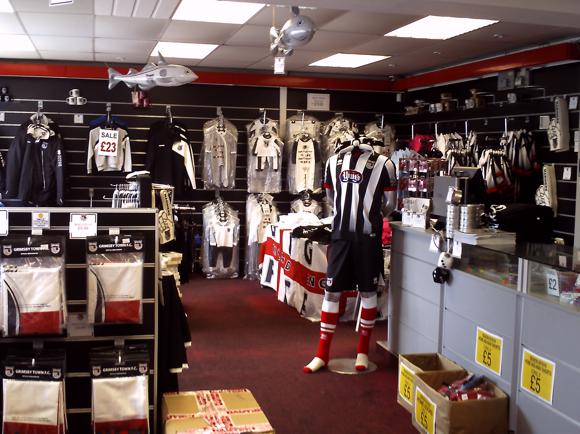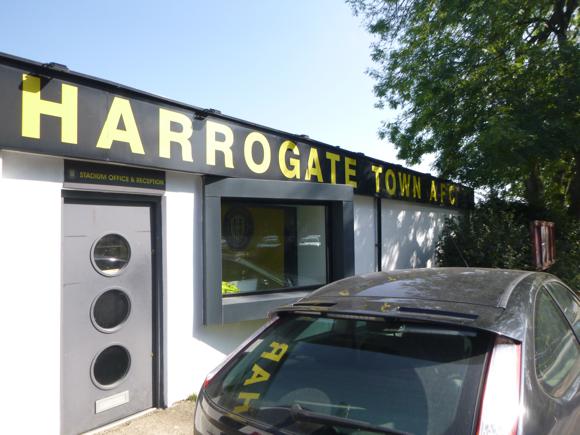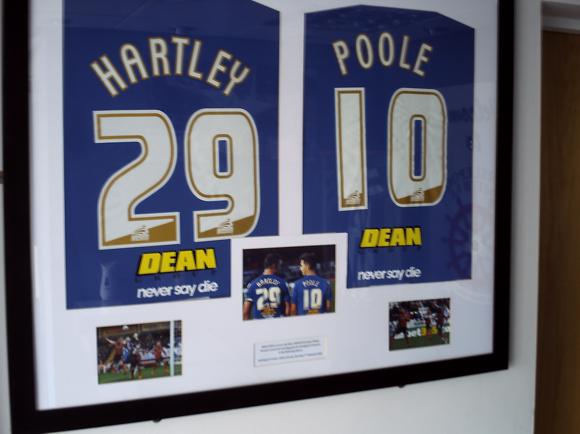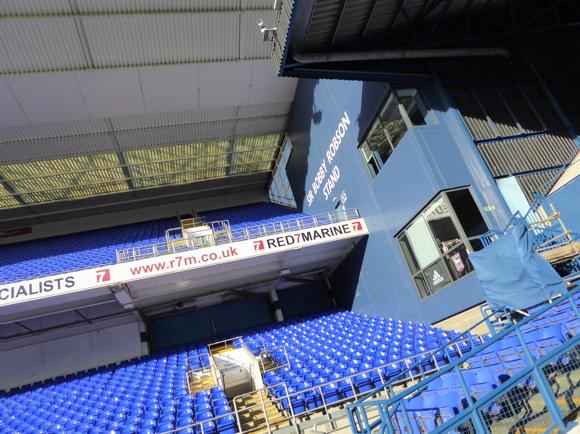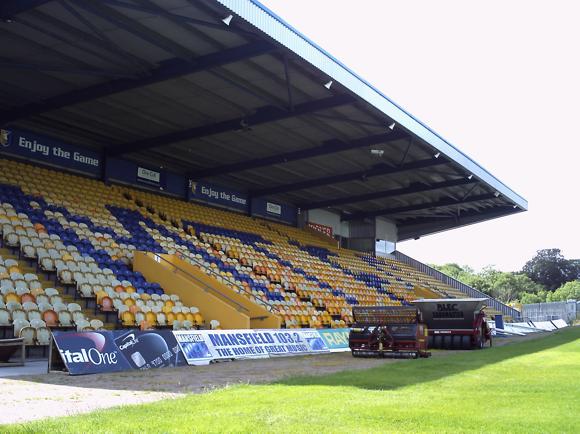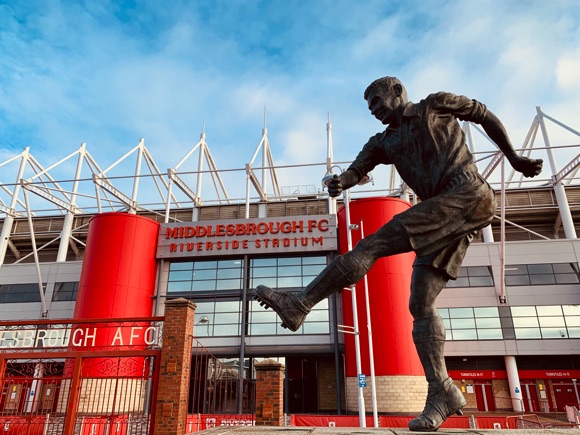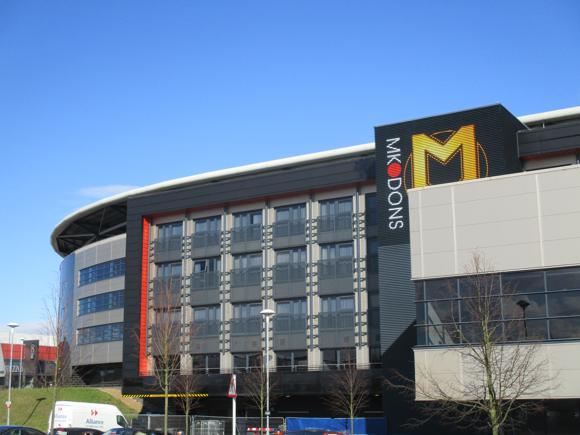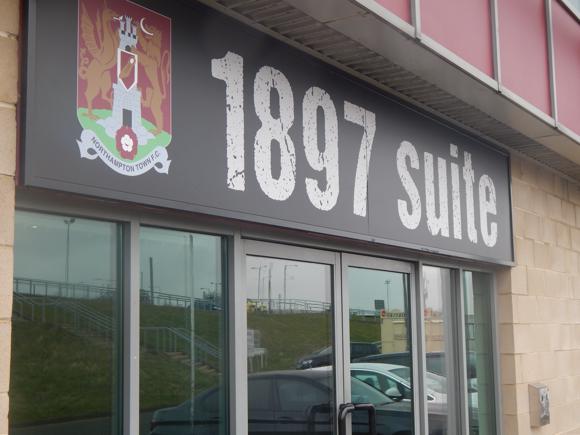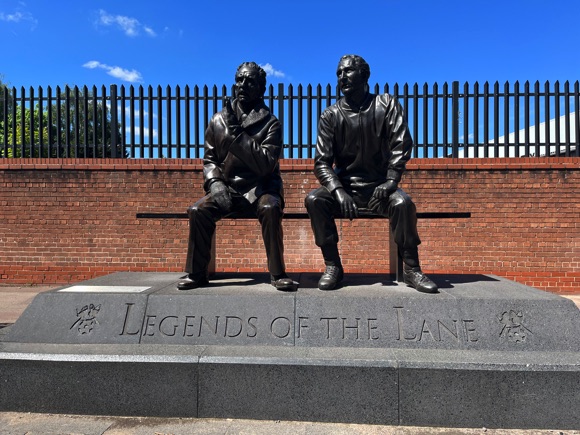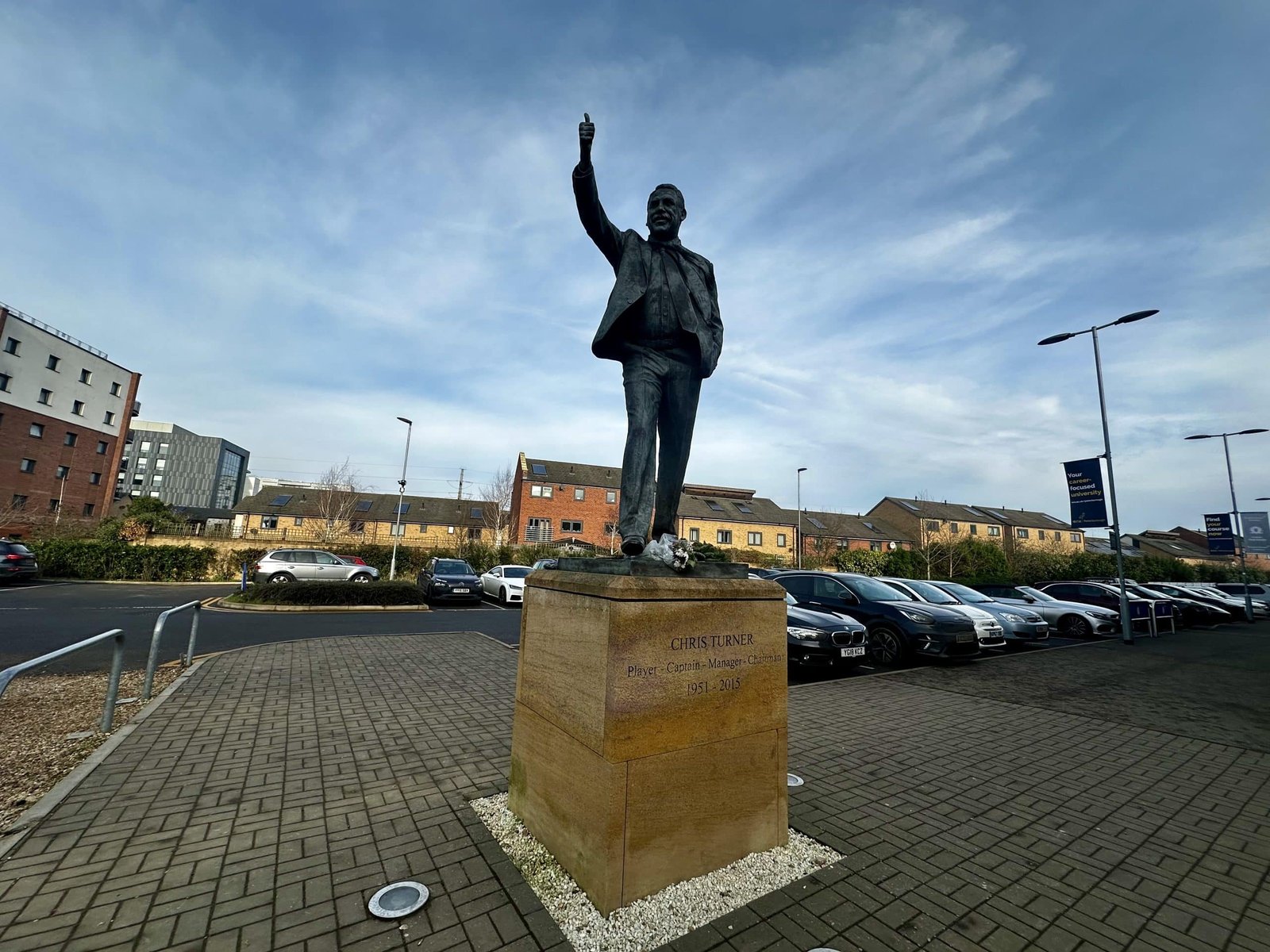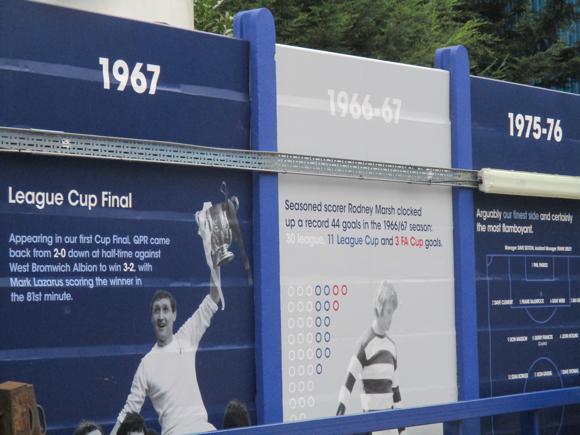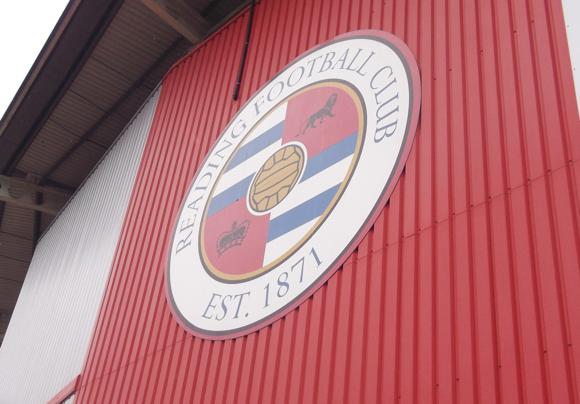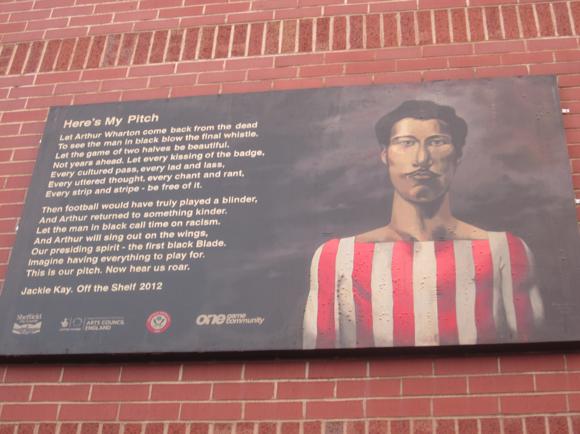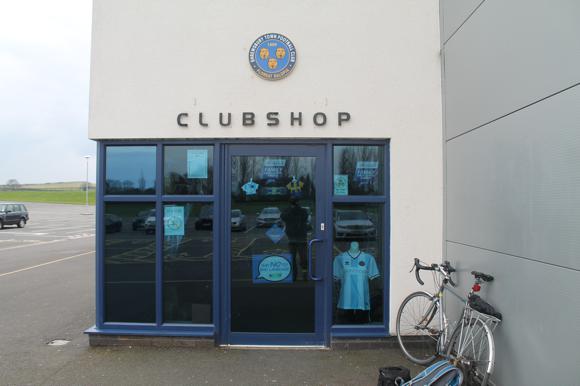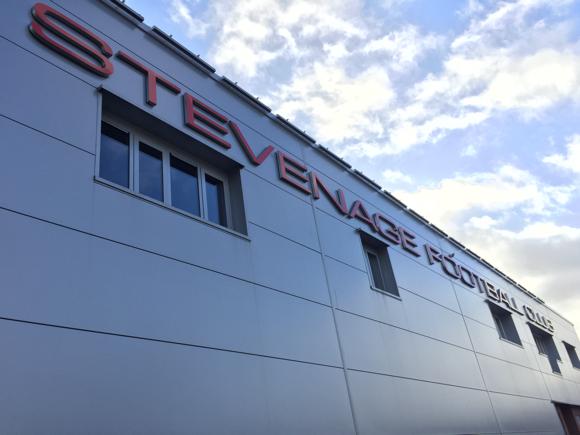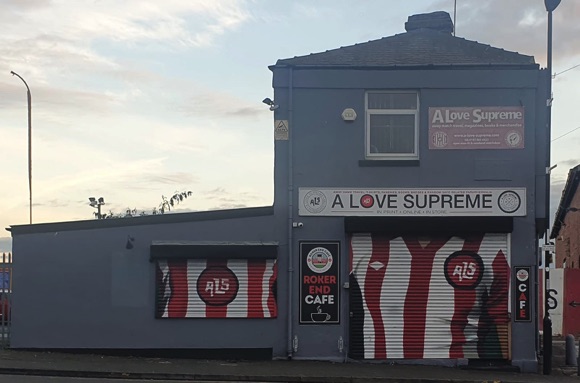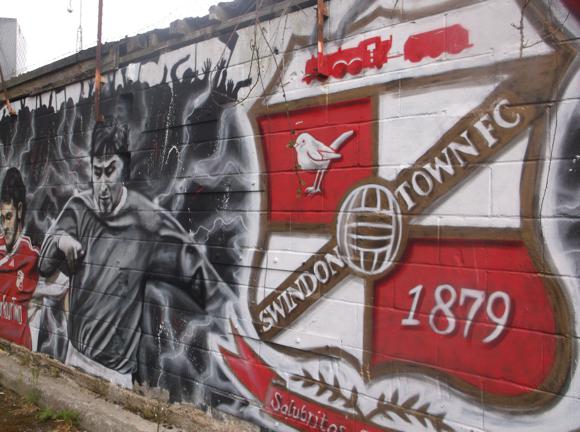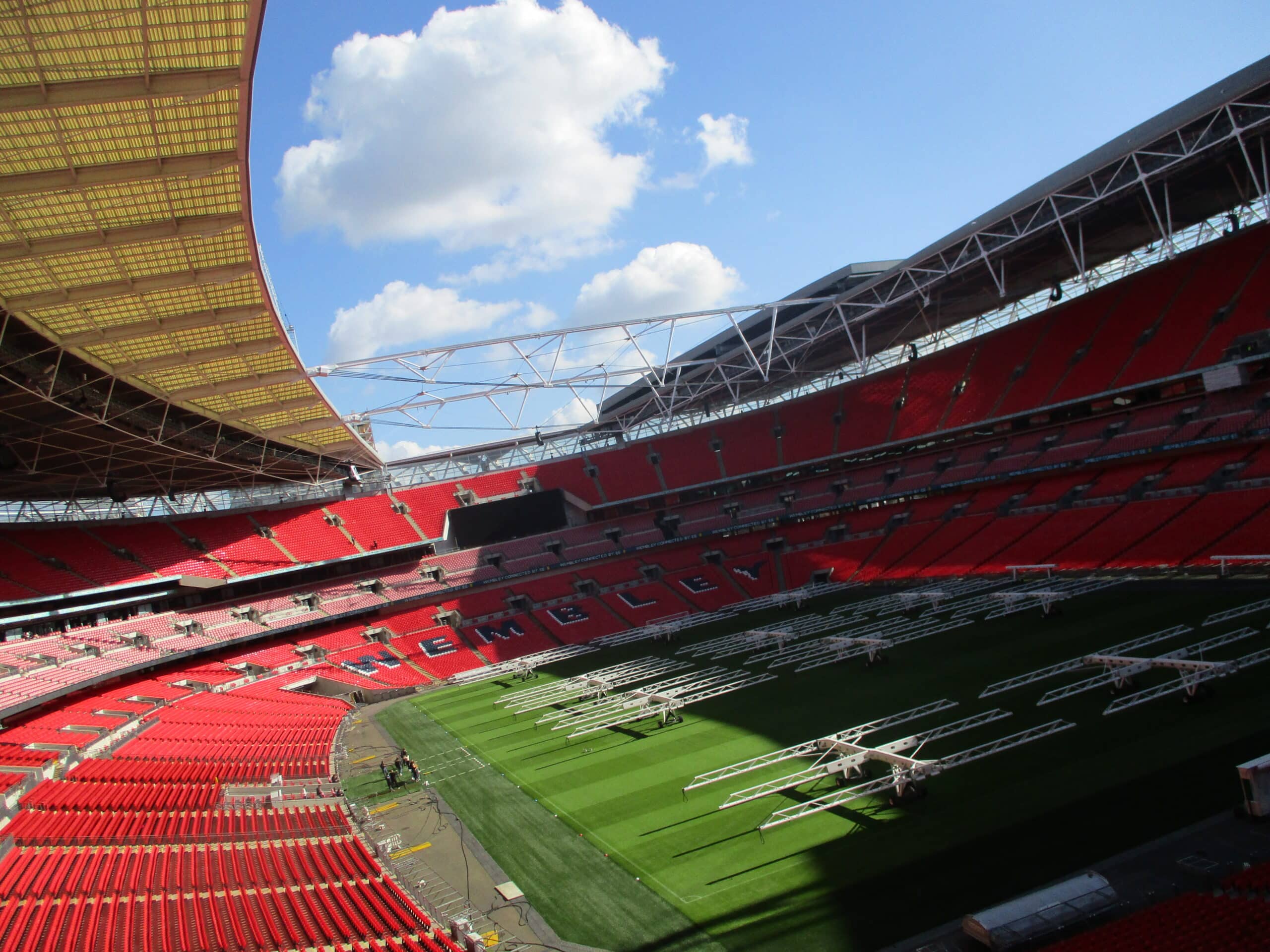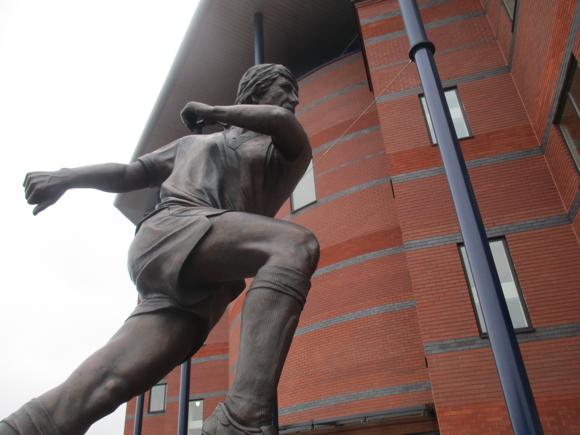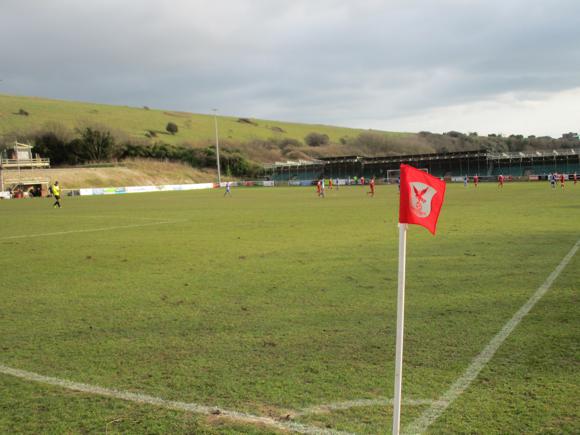A fan’s guide – the club from early doors to today
The history of Southampton FC, one that stretches back more than 125 years, can be simply divided into what happened before and after Bates.
Ted Bates joined the club on the eve of World War II. Forming a prolific partnership with Charlie Wayman in the immediate post-war period, Bates notched up over 60 goals in 200 games as Southampton put in their first credible challenge for top-flight football.
Before then, the former Southampton St Mary’s, founded in 1885, had been a formidable force – in the Southern League. After moving from their spiritual home of St Mary’s to The Dell, further significant investment saw them poach players from up and down the country.

These included goalkeeper Jack Robinson and fellow England international Harry Wood, whose goals helped The Saints to reach two FA Cup Finals in as many years. After defeat in 1900, Wood scored a controversial late equaliser against Sheffield United in 1902. The Saints lost the replay.
Apart from a couple of cup runs in the 1920s, that was the extent of Southampton’s achievements when Bates arrived from Folland Aircraft FC, Hamble-le-Rice, Hants, in 1937.
Becoming manager in the mid-1950s, Bates had Southampton promoted within a decade. With 1966 World Cup winner, winger Terry Paine providing crosses for prolific, Southampton-born Martin Chivers, The Saints simply outscored the opposition.
Bringing in Welsh forward Ron Davies, and nurturing a young Mick Channon, Bates kept Southampton in the First Division for eight years. There was even two brief dips into Europe, but by 1973 Bates was let go for an incoming Lawrie McMenemy.
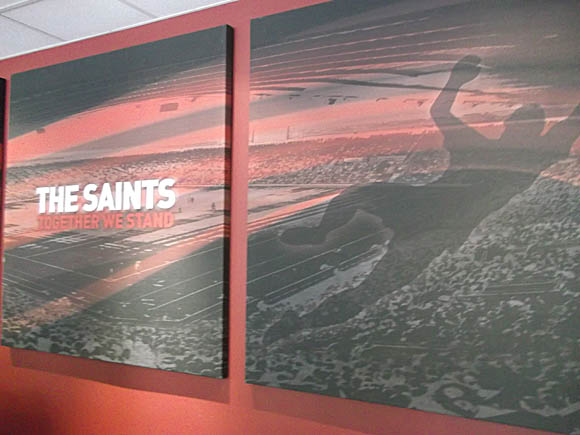
Bringing in old warhorses Peter Osgood and, soon after, Alan Ball, Southampton regained promotion. In between, The Saints won their only major honour to date, the FA Cup, a shock win over Manchester United in 1976. Portsmouth-born Bobby Stokes got the only goal.
McMenemy had the clout and the charm to attract names such as Kevin Keegan and Peter Shilton down to the south coast. By the 1980s, the Saints were title contenders, gaining a runners-up spot in 1984.
After McMenemy’s departure, later to move upstairs, two young players emerged: goal-hungry Alan Shearer and fans’ favourite, Matt Le Tissier. Scorer of spectacular goals in the newly founded Premiership, and a near perfect penalty-taker, Le Tissier was criminally neglected at international level. Today he oversees football on his native island of Guernsey.
Under unpopular chairman Rupert Lowe, managers came and went, the most successful being Gordon Strachan, who led the Saints to the 2003 Cup Final.

Despite the development of two prodigious teenage talents, Theo Walcott and Gareth Bale, Southampton failed to perform, hindered by boardroom chaos. Deducted ten league points for all the fiscal mess, the Saints dropped to the third flight.
Aided by goals from Rickie Lambert, manager Nigel Adkins reversed the club’s fortunes, gaining back-to-back promotions. His dismissal halfway through their comeback Premiership campaign, 2012-13, baffled many.
His replacement Mauricio Pochettino confounded early critics with wins over Manchester City and Chelsea. With Lambert scoring on his England debut, Pochettino’s Saints were the surprise package of 2013-14. Teenage left back Luke Shaw, forward Jay Rodriguez and attacking midfielder Adam Lallana all impressed, and joined Lambert in the England set-up. The end result was eighth place in the Premier, the best for a decade – and a mass lucrative exodus from St Mary’s, starting with Mauricio Pochettino going to Spurs.

Despite this, incoming coach Ronald Koeman improved upon the achievements of his predecessor, savvy signings Graziano Pellè and Dušan Tadić combining to make the Saints a real threat in 2014-15. Halfway through the campaign, Southampton stood in third place, only to drop back but still claim a first European spot since 2003.
With the departure of Koeman and Pellè, former Lyon and Nice coach Claude Puel and Danish international midfielder Pierre-Emile Højbjerg come in to keep Southampton in contention in 2016-17.
The Saints also made a major final for the first time since 2003, overcoming Liverpool in the semi to face Manchester United, going through every round of the League Cup without conceding a goal. Italian international Manolo Gabbiadini put Southampton ahead early on, only for his goal to be ruled out for offside. With another impressive academy graduate, James Ward-Prowse, creating the chances, Gabbiadini scored either side of half-time. A late goal from United’s Zlatan Ibrahimović then settled the tie 3-2.
With Tadić sold to Ajax and stellar centre-back Virgil van Dijk to Liverpool for a record fee for a defender, Southampton struggled until the arrival of former RB Leipzig coach Ralph Hasenhüttl. The Austrian upped the tempo with his classic gegenpressing game and, although the Saints were no longer top-six material, and a 9-0 defeat to Manchester United made for a funny headline, probable relegation had been averted. Ward-Prowse started earning England caps and the club welcomed back academy old boy, Theo Walcott, and former youth team player Danny Ings.



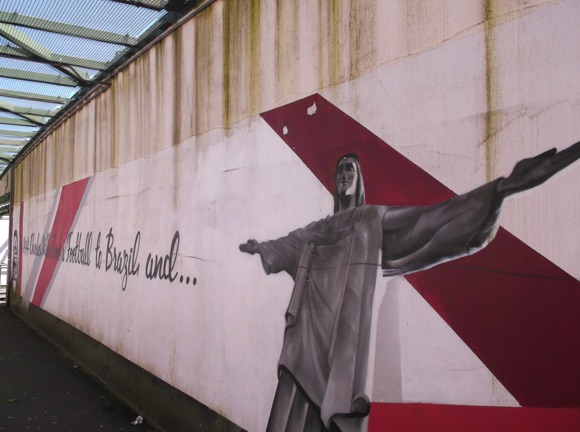



Ground Guide
The field of dreams – and the stands around it

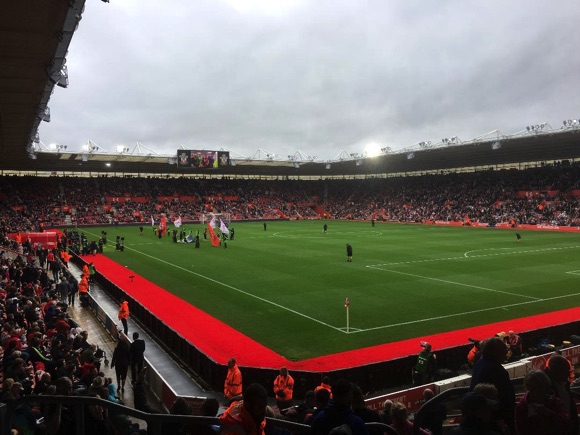


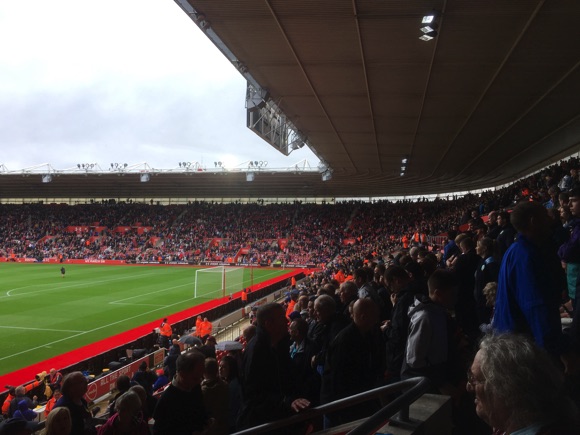




Opened at the end of the Le Tissier era in 2001, St Mary’s staged its first international a year later. Holding just under 33,000, with scope to expand, the stadium is comfortable, well facilitated and easy-on-the-eye.
Southampton’s previous home, The Dell, was built in and for a different century. Moving from St Mary’s to Milton Road in 1898, The Saints made gradual ground improvements before and after the war.
With top-flight football in the TV era, crowds of 30,000 or more were crammed into the cramped ground, whose capacity was halved following the post-Hillsborough safety recommendations.
With The Dell now unsuitable, unpopular chairman Rupert Lowe took the sound decision to move the club back to St Mary’s.
Comprising four stands of equal height – Northam for home and away fans, Chapel behind the opposite (south) goal, Itchen facing the river and Kingsland – St Mary’s affords fine views of the action, as do its two huge screens.
getting there
Going to the ground – tips and timings
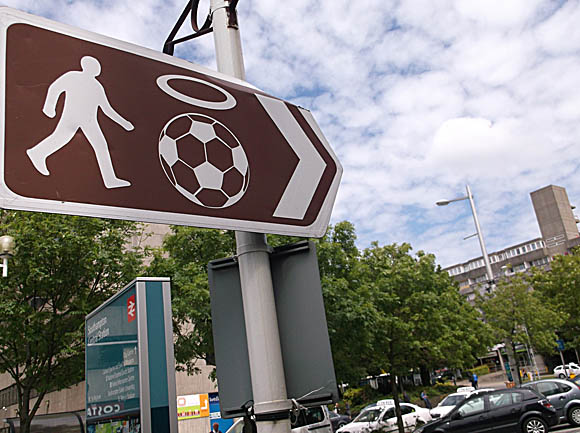
On match days, regular shuttle buses (£3 return/under-15s £2 return) run to St Mary’s from Southampton Central station (Blechynden Terrace bus stop by Commercial Road) and the Town Quay Ferry Terminal. After the game, buses (choose Rail or Ferry Shuttle) then depart from the corner of Chapel Road and Granville Street.
If it’s not running, Bluestar city bus 18 runs from Southampton Central station every 10-15mins to the nearest stop of Brintons Road, journey time 10mins. Routes 3 and 16 also go to Brintons Road, but only from Bargate Street in town, journey time 6mins. FirstBus City Red 8 runs this same route, Bargate Street to Brintons Road, hourly, until 6pm at weekends, as does Xelabus X10, every 2hrs on Saturdays and not at all on Sundays.

Many walk from town. From the Civic Centre, head over the main road of Above Bar Street to the roundabout, before cutting between East Park and Palmerston Park. Keep walking in the same direction along New Road, past the Premier Inn hotel on your right and through an underpass. The stadium is signposted, a five-minute walk along a dilapidated stretch of Northam Road, to your right via a footbridge.
A taxi from the station should cost £6-£7.
The sat nav code for St Mary’s Stadium is SO14 5FP. There is no parking around the stadium. A safe bet is to park at the Ocean Village Marina (SO14 3TJ), with nearly 800 spaces. It’s £3 for up to 3hrs, £4/4hrs. From there, it’s a 15min walk to the stadium, via Neptune Way, Canute Road and Royal Crescent Road. It may be a wait getting out after the match finishes, but this way you avoid the gridlock in the city centre.
The alternative is to park the other side of Itchen toll bridge (70p, contactless), at Woolston station on Garton Road (SO19 2DJ, weekends £2.70) or Oakbank Road just over the bridge (SO19 9BA, £1 up to 4hrs/free after 6pm). From there, it’s a 10-15min walk, over the bridge and turn right.
getting in
Buying tickets – when, where, how and how much
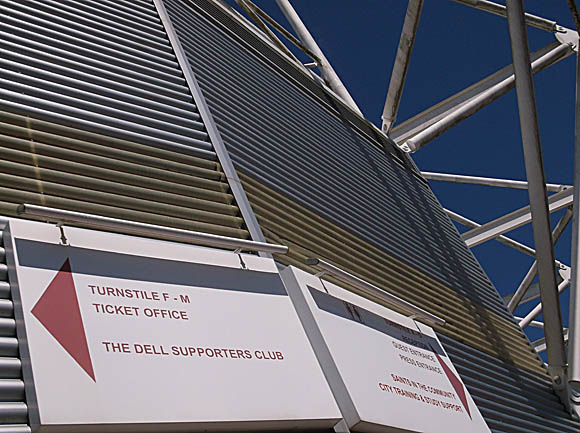
Not all games go on general sale – members get first choice about five weeks in advance. Check with the club on 02381 780 780, tickets@saintsfc.co.uk.
There’s a ticket office (Mon-Fri 9am-5pm, Sat 9.30am-4pm, matchdays from 9am until 30min after the final whistle) by the main entrance as well as online sales. There are two category brackets, A-B, with prices around £45-£50 for central seats in the sideline Itchen and Kingsland Stands, £35-£40 for outer ones. Over-65s pay £30-£40, under-22s £25-£30, under-18s £20-£30, under-11s £12-£20. Behind the goals in the Northam and Chapel Stands, it’s £33-£40, over-65s £22-£35, under-22s £20-£30, under-18s £20-£25, under-11s £10-£15. Away fans in the Northam Stand pay £30, over-65s £27, under-22s £22, under-18s £18, under-11s £12.
what to buy
Shirts, kits, merchandise and gifts
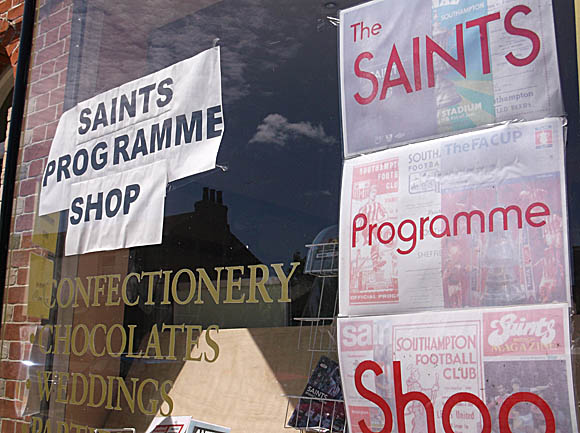
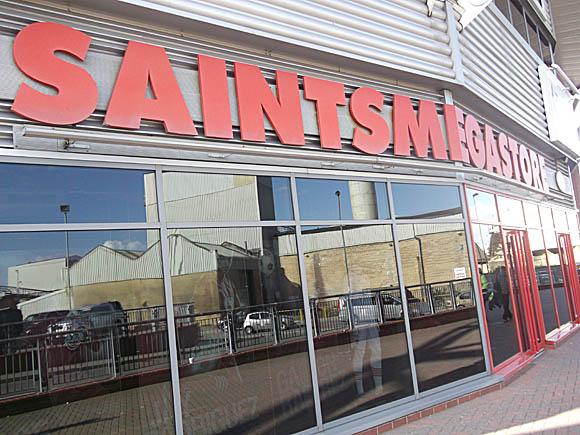


The Saints Stadium Store (Mon-Sat 10am-4pm, home matches vary) on the corner of the South Stand ground stocks souvenirs such as coffee mugs done out retro Saints kits, branded tumble-tower toys and vintage shirts, most notably the Denmark-influenced home one from 1987-88.
Card-carrying anoraks will be delighted to pop into the Saints old programme shop, on the way to the stadium on Northam Road (No.31), open on match days.
stadium tours
Explore the ground inside and out
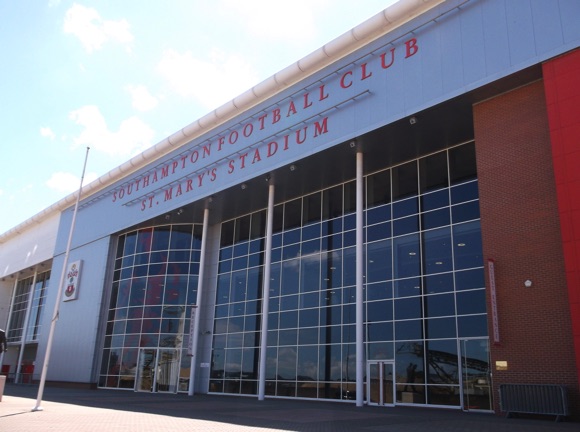
Stadium tours (£12/£6) take place on non-match weekends and school holidays. To book, call 02381 780 780 or email stadiumtours@saintsfc.co.uk.
Where to Drink
Pre-match beers for fans and casual visitors
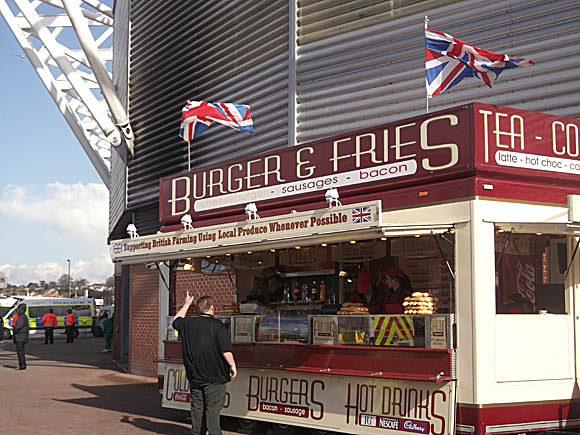



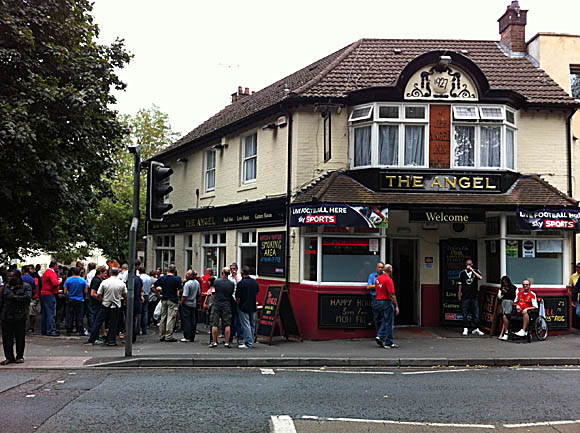




Nearly all bars around Oxford Street in the city centre can be considered pre-match ones – they’re only a 10-15min walk away.
Immediately close to the stadium, the only pub, the King Alfred by the footbridge, is currently closed. Nearer town, along rough-and-ready St Mary Street, the equally rough-and-ready Kingsland Tavern (No.76) swarms with Saints fans on match days. Further down, and more accommodating to the neutral, The Joiners (No.141) is a live music venue but open daytimes at weekends.
Slightly further afield, Saints fans gather at the Chapel (formerly Le Tissier) Arms (40 Albert Road North), about 15min south of the ground. Closer to town, a short detour from the main drag between town and stadium, The Angel (21-22 Palmerston Road) is another. It’ll be too crowded to use the table football or pool tables.
At the stadium, facing the train tracks, the Saints Bar, done with tasteful images of Saints stars and pool tables, is now part of match-day hospitality packages.


